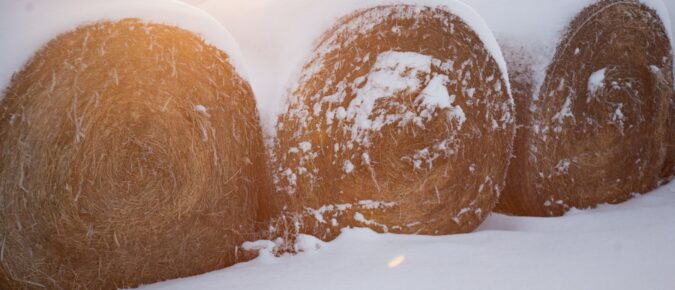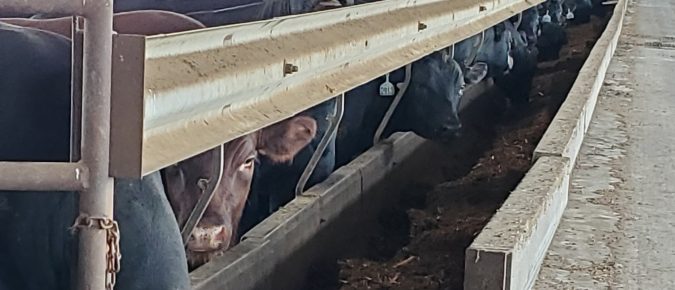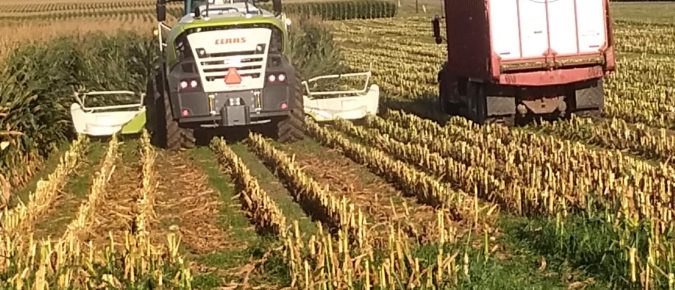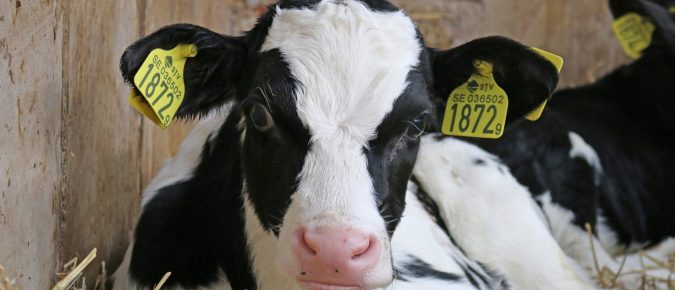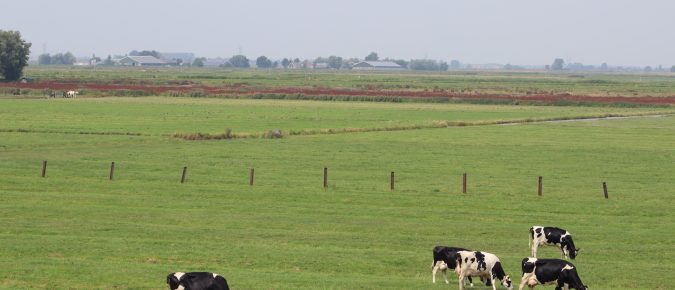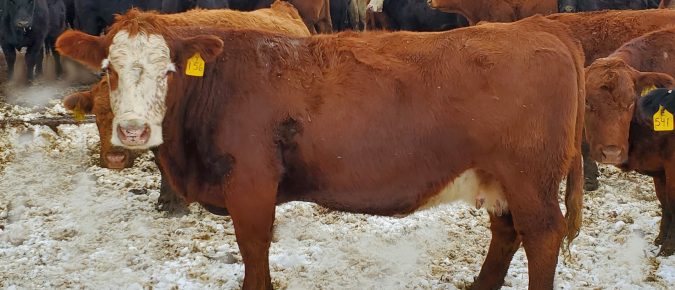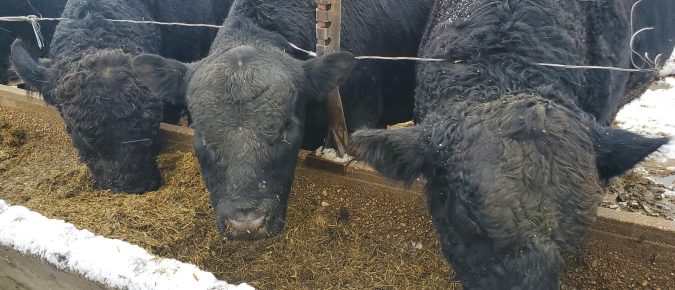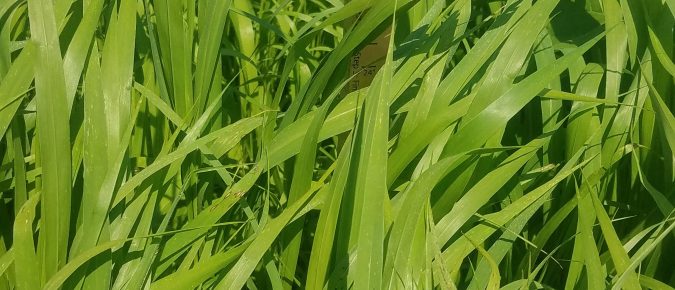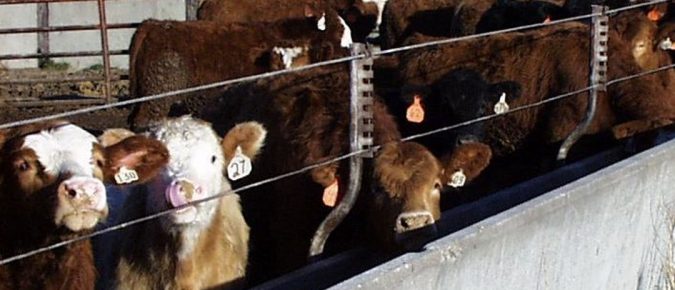Management options that a spring-calving cow herd may consider to get through the winter feeding season when hay is in short supply. The examples given use general assumptions because options and costs vary from farm to farm and over time.
Finishing rations in our part of the country are usually around 10% roughage, give or take, to get energy levels high enough to finish cattle that will meet packer expectations efficiently. Corn makes up much of the remainder of the ration, and this corn is most often coarsely rolled or cracked.
Beef cow-calf producers are feeling the pinch of low pasture and hay yields due to drought conditions across the state. Corn silage is another feed source that can be used to help meet the herd’s nutritional needs.
Since the 1950’s, the FDA has approved several steroid hormone implants for use in beef cattle. These implants are used in all production phases from nursing calves through the finishing phase and are labeled for sex, age, or stage of production.
The importance of colostrum is no secret to dairy and livestock producers. Unlike many other species, the placenta of cattle prevents the transfer of antibodies from the dam to the calf in the uterus. Instead, calves must rely on colostrum, the cow’s first milk, to pass antibodies from dam to calf.
Many beef and small ruminant producers are looking forward to pastures greening up in Wisconsin. In some pastures that will include troublesome weeds. Management timing for weed control is narrow for some species and can be the difference between success and a waste of time and money.
Good winter management practices contribute to healthy cattle, reasonable feed costs, and long-term productivity of the beef cow herd. There will be times during the winter when it will be necessary to adjust the ration to help cows through cold conditions.
As the cold weather sets in and winter feeding begins, many bulls have already been removed from the cows to wait for the next breeding season. During this time away from the cows, bulls may be expected to require minimal maintenance to thrive through winter, but it is important to understand the significance of meeting bulls’ needs to ensure their dependability for the next breeding season.
Perennial pastures can benefit from incorporating annual forage into the management plan. Annual forages can be a tool to control weeds, improve overwintering damaged areas, and increase the length of the growing season.
Evaluating different rations and scenarios as prices and situations change to optimize profits using the resources the farm has available is time well spent. When doing so, it is critical to look at all costs impacted by any ration changes, not just ration cost per ton or feed cost per day, to assess costs and returns accurately.

